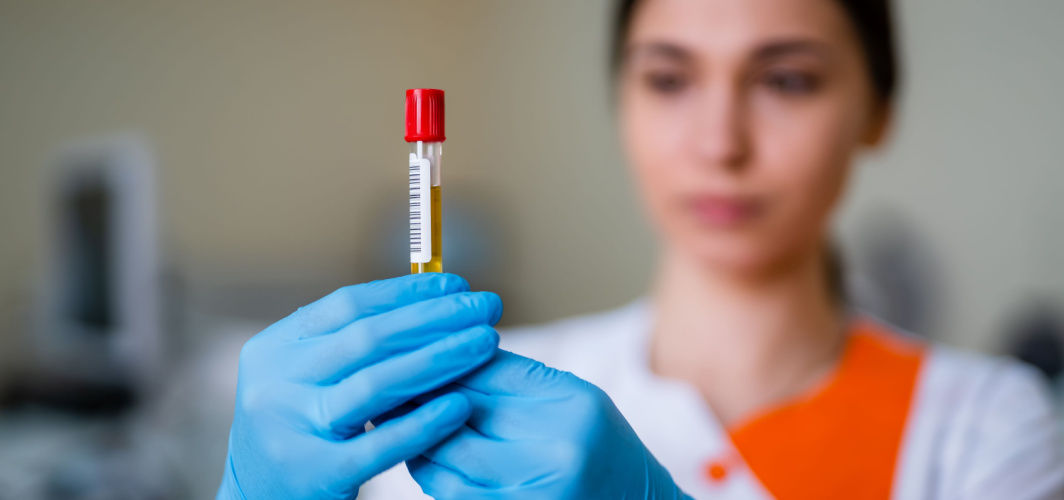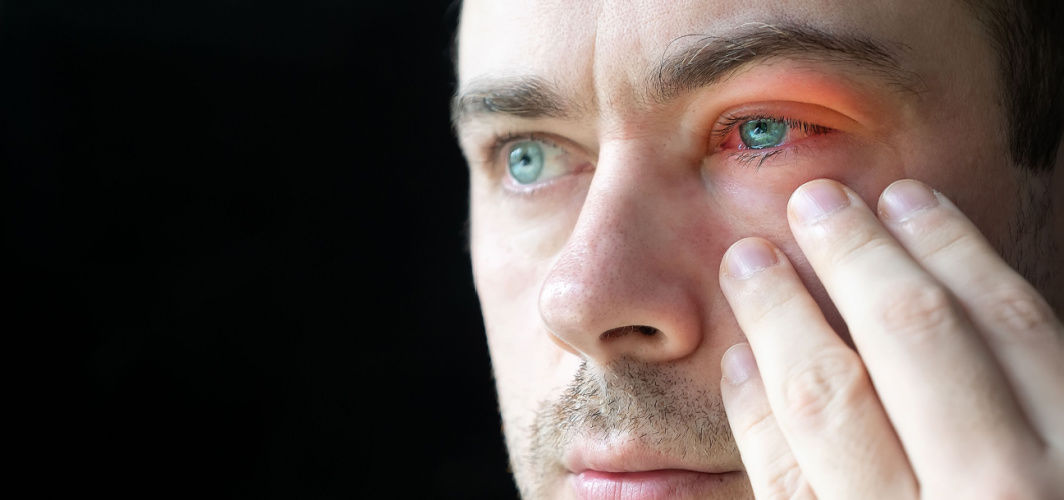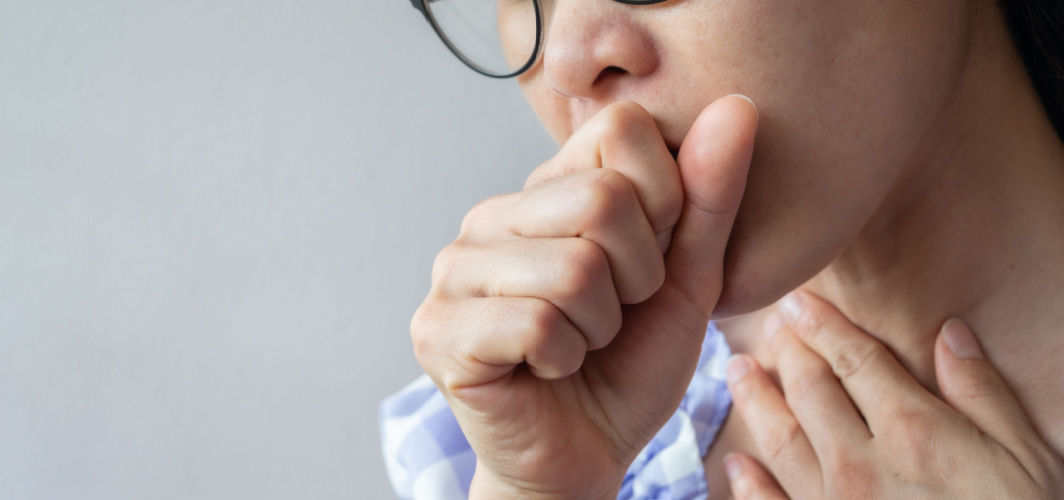General Health
Leukaemia: Types, Causes, Symptoms, Diagnosis, Treatment
6 min read
By Apollo 24|7, Published on - 16 June 2023
Share this article
0
0 like

Did you know, leukaemia is one of the most widespread forms of blood cancer in the world? Leukaemia cells behave like abnormal blood cells, hence it is commonly called blood cancer. Its treatment depends on the type, severity of the condition, patient’s age, gender and overall health. In this article, we are going to discuss all that you need to know about leukaemia.
What Is Leukaemia?
Leukaemia is a form of blood cancer that is characterised by the rapid growth of the blood cells. This unprecedented growth usually occurs in the bone marrow, where most of the blood is produced. These blood cells are also often referred to as abnormal white blood cells since they have no purpose in improving your immunity. Instead of helping your body, these blood cells could potentially impair the ability of the bone marrow to produce blood cells and platelets.
What Are The Various Types Of Leukaemia?
Leukaemia can be of two main types, chronic or acute. While chronic leukaemia generally has a slower progression, acute leukaemia requires immediate medical attention.
Leukaemia can also be classified as lymphocytic or myelogenous. Lymphocytic leukaemia causes abnormal growth of cells in lymphocytes while myelogenous leukaemia causes a growth in the bone marrow cells that mature into red blood cells. The four major classifications of leukaemia include the following:
1. Acute lymphocytic leukaemia (ALL)
ALL is a cancer that primarily affects your blood and bone marrow. It specifically targets your white blood cells which can hamper your body’s ability to combat infections. It is generally more common in children than adults. However, children have higher rates of successful recovery from this disease, compared to adults.
2. Acute myelogenous leukaemia (AML)
AML is a relatively uncommon cancer that impacts both the bone marrow and blood. It is characterized by its aggressive nature. If necessary treatment is not provided early, it may become life-threatening, especially for elderly people.
3. Chronic lymphocytic leukaemia (CLL)
CLL is the most common type of blood cancer found in adults. It usually happens when healthy white blood cells in your bone marrow start mutating or change into cancerous cells. These cells multiply and overcrowd healthy blood cells and platelets.
4. Chronic myelogenous leukaemia (CML)
CML is a type of blood cancer that originates in the blood-forming myeloid cells or stem cells in your bone marrow. However, with several innovative therapies, even a life-threatening disease like CML can be treated effectively.
Symptoms Of Leukaemia
Some of the most common symptoms of leukaemia include:
Acute lymphocytic leukaemia (ALL) |
Acute myelogenous leukaemia (AML) |
Chronic lymphocytic leukaemia (CLL) |
Chronic myelogenous leukaemia (CML) |
|
Anaemia |
Bone, back or abdominal pain |
Pain or a sense of fullness under the ribs |
Abdominal swelling |
|
Frequent nose bleeds |
Tiny red spots on your skin |
Fatigue |
Discomfort in the upper left part of the belly |
|
Heavy menstrual periods |
Wound or sores that won’t go away |
Fever |
Feeling full despite eating less |
|
Excessive night sweating |
Swollen lymph nodes |
Unexplained weight loss |
Night sweats |
|
Cough |
Pale skin |
||
|
Joint pain |
Frequent infections |
||
|
Loss of appetite |
Bruising |
||
|
Shortness of breath |
Weakness |
Causes Of Leukaemia
While there is no definite cause of leukaemia, some risk factors may increase your chances of developing the disease. Factors that may increase your risk for leukaemia include:
Acute lymphocytic leukaemia (ALL) |
Acute myelogenous leukaemia (AML) |
Chronic lymphocytic leukaemia (CLL) |
Chronic myelogenous leukaemia (CML) |
|
Being a woman |
DNA changes |
Family history |
Exposure to a high level of radiation |
|
Having white ethnicity |
Hereditary genetic disorder |
Being a woman |
|
|
Radiation exposure in the womb or during therapy |
Age at or above 65 years |
Age at or above 65 years |
|
|
Viral infections like Epstein-Barr virus or human T-cell leukaemia |
Undergone chemotherapy or radiation therapy |
Exposure to agent orange (a chemical used during the Vietnam War) |
|
|
Bone marrow disorders |
Monoclonal B-cell lymphocytosis |
||
|
Smoking |
Leukaemia Complications
Several complications associated with leukaemia include:
Acute lymphocytic leukaemia (ALL) |
Acute myelogenous leukaemia (AML) |
Chronic lymphocytic leukaemia (CLL) |
Chronic myelogenous leukaemia (CML) |
|
Body imbalance |
Anaemia |
Anaemia |
Genetic mutations |
|
Nausea and vomiting |
Thrombocytopenia (extremely low platelets) |
Lymphoma (cancer of the lymphatic system) |
Change in myeloid stem cells growing in the bone marrow |
|
Enlarged spleen & liver |
Pancytopenia (low number of RBC, WBC, & platelets) |
Thrombocytopenia (extremely low platelets) |
30% higher risk of developing stomach, thyroid, lung & prostate cancer |
|
Numbness |
Autoimmune diseases |
||
|
Seizures |
Increased risk of developing skin, lung & colon cancer |
||
|
Headaches & distorted vision |
Leukaemia Diagnosis
Leukaemia is diagnosed with the help of various blood & imaging tests. These tests include:
Acute lymphocytic leukaemia (ALL) |
Acute myelogenous leukaemia (AML) |
Chronic lymphocytic leukaemia (CLL) |
Chronic myelogenous leukaemia (CML) |
|
Complete blood count or CBC test |
Complete blood count or CBC test |
Complete blood count or CBC test |
Complete blood count or CBC test |
|
Bone marrow biopsy |
Fluorescence-in-situ- hybridization or FISH |
Peripheral blood smear |
Bone marrow biopsy |
|
Lymph node biopsy |
Karyotype |
Genetic tests |
Ultrasound |
|
Lumbar puncture |
Immuno-histochemistry |
||
|
Imaging scans like MRI, CT & PET scan |
|||
|
Flow cytometry |
|||
|
Cytogenetic tests |
|||
|
Molecular assays |
Annual health checkups can help in the early diagnosis of any medical condition, including cancer.
Leukaemia Treatment
Treatment procedures that can be used for leukaemia treatment include:
Acute lymphocytic leukaemia (ALL) |
Acute myelogenous leukaemia (AML) |
Chronic lymphocytic leukaemia (CLL) |
Chronic myelogenous leukaemia (CML) |
|
Chemotherapy |
Chemotherapy |
Chemotherapy |
Tyrosine kinase inhibitors |
|
Targeted therapy |
Remission induction therapy |
BCL2 inhibitor therapy |
|
|
Immunotherapy |
Consolidation therapy |
Monoclonal antibody therapy |
|
|
Radiation therapy |
Maintenance therapy |
BTK inhibitor therapy |
|
|
Bone marrow transplantation |
Allogeneic stem cell transplantation |
Immunotherapy |
Takeaway
There is no cure for leukaemia but it is still possible to achieve long-term remission with proper care and medication. Your doctor plays an invaluable role in ensuring your cancer is being treated effectively. Make sure that you let them know of every change that your body experiences so that they can steer you towards the right direction. If you have any questions,
Frequently Asked Questions (FAQs)
1. Who is at the highest risk of acquiring leukaemia?
People over the age of 65 are typically at a higher risk of leukaemia. However, it may occur in younger adults and children.
2. What is the cost of leukaemia treatment in India?
Entire leukaemia treatment and therapy can cost anywhere from Rs. 10,94,000 to Rs. 22,00,000.
3. What is the survival rate of leukaemia?
The survival rates for all four variations of leukaemia are:
- CLL - 5-year survival rate is around 88%
- ALL - 5-year survival rate is around 71.3%
- CML - 5-year survival rate is around 70.6%
- AML - 5-year survival rate is around 31.7%
4. When should you consult a doctor?
If you experience sudden unexplained weight loss, fever, nausea, dizziness or loss of appetite, you should consult a doctor for further investigation.
5. What is the newest treatment for leukaemia?
The Food and Drug Administration recently approved the use of a drug named zanubrutinib, which is considered to be an effective form of medication to treat CLL with minimal side effects.
Medically reviewed by Dr Sonia Bhatt.
General Health
Leave Comment
Recommended for you

General Health
Eye Flu In Delhi: Know The Causes, Symptoms And Ways To Treat Conjunctivitis
Eye flu results in inflammation of the conjunctiva, the clear membrane covering the white part of the eye. Know the cause, types, treatment and ways to prevent conjunctivitis.

General Health
Busting 9 Myths Associated With Omega-3 Fish Oil
Separate fact from fiction with our comprehensive guide to Omega-3 Fish Oil. Debunking myths and uncovering the science-backed truth.

General Health
Dry Cough: Symptoms, Causes, Prevention, and Treatment
Find relief from the discomfort of a dry cough by understanding its causes and trying effective remedies. Identifying the underlying reason is important, whether it's due to infections, allergies, irritants, or medications. Read this article to overcome the challenges of a persistent dry cough.
Subscribe
Sign up for our free Health Library Daily Newsletter
Get doctor-approved health tips, news, and more.
Visual Stories

Science-backed Home Remedies for Burns and Blisters
Tap to continue exploring
Recommended for you

General Health
Eye Flu In Delhi: Know The Causes, Symptoms And Ways To Treat Conjunctivitis
Eye flu results in inflammation of the conjunctiva, the clear membrane covering the white part of the eye. Know the cause, types, treatment and ways to prevent conjunctivitis.

General Health
Busting 9 Myths Associated With Omega-3 Fish Oil
Separate fact from fiction with our comprehensive guide to Omega-3 Fish Oil. Debunking myths and uncovering the science-backed truth.

General Health
Dry Cough: Symptoms, Causes, Prevention, and Treatment
Find relief from the discomfort of a dry cough by understanding its causes and trying effective remedies. Identifying the underlying reason is important, whether it's due to infections, allergies, irritants, or medications. Read this article to overcome the challenges of a persistent dry cough.